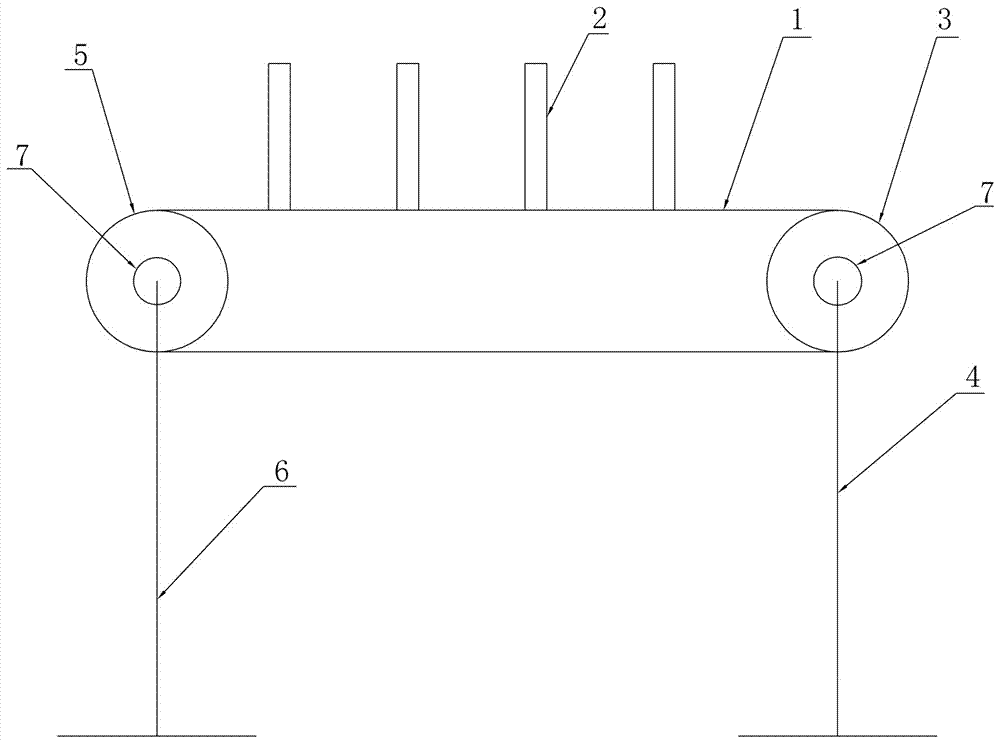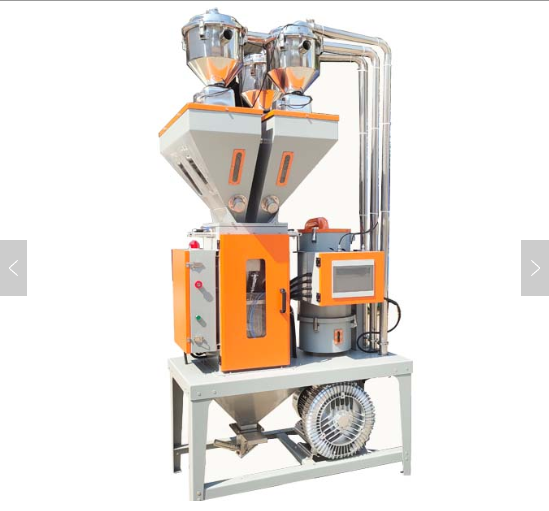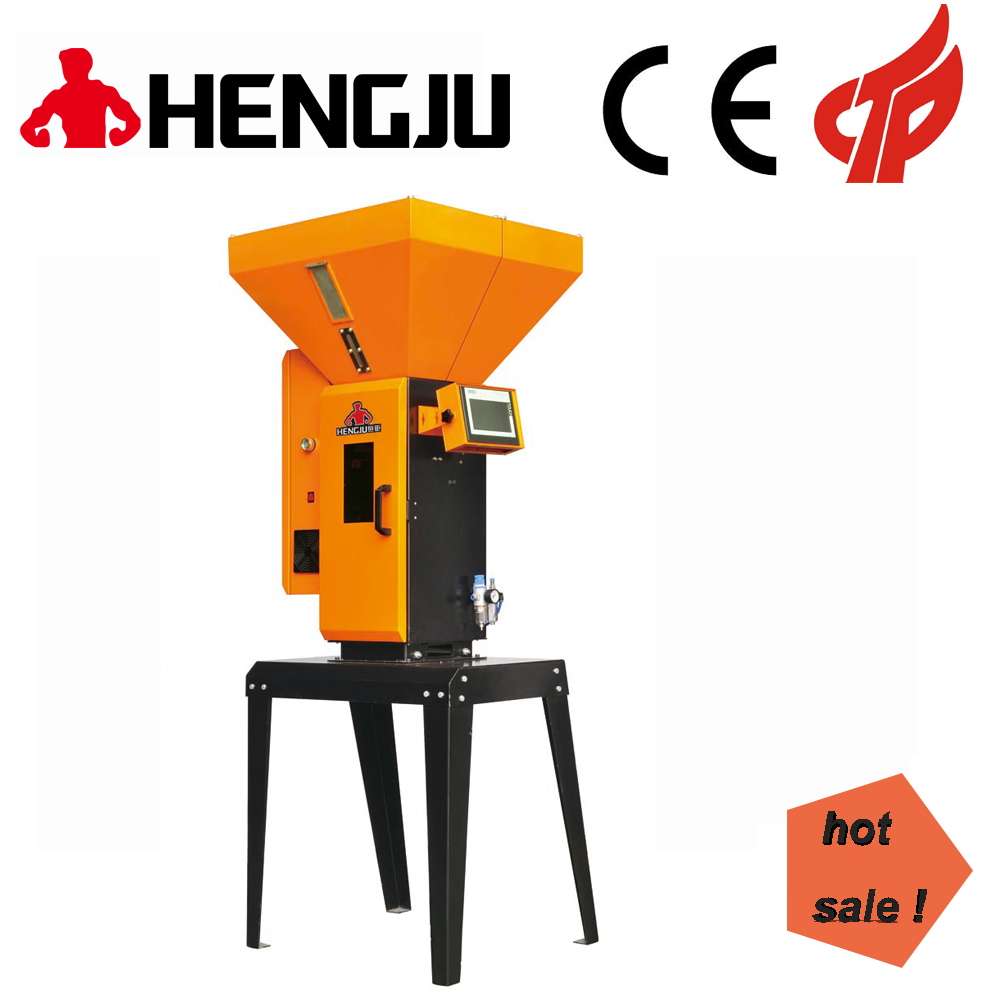Background technique:
Plastic products are the general term for household, industrial and other articles processed using plastic as the main raw material. Including all craft products such as injection molding and blister using plastic as raw material. Plastic products are characterized by light weight. In addition, because plastics have extremely high plasticity, plastic products can be designed in various shapes. The most common products in daily life are plastic bottles, plastic cans, and plastic baskets.
In the prior art, the delivery system for plastic baskets is relatively mature, but there are few reports about the delivery system for plastic bottles or plastic tanks that have not been filled with liquid. Existing plastic bottles or plastic cans are generally placed directly and vertically on a standard conveyor belt or roller conveyor for transportation. Due to the light weight of plastic bottles or plastic cans, they are easy to fall over. If they are laid flat, they are easy to transport during transportation. Irregular deviation occurs, and the conveying end requires special machinery or staff to perform centralization, which affects efficiency.
In addition, the conveying lines for conveying plastic bottles, plastic cans and plastic baskets in the prior art are basically not universal.
Manufacturing method of conveying system for plastic product production
Technical realization elements:
The purpose of the utility model is to provide a conveying system for the production of plastic products to solve the problems in the background art.
The utility model adopts the following technical scheme to realize:
The conveying system for the production of plastic products includes a conveyor belt, a partition, a first transmission wheel, a first transmission wheel support, a second transmission wheel, and a second transmission wheel support. The conveyor belt connects the first transmission wheel and the second transmission wheel The conveyor belt is provided with a partition, the first transmission wheel is connected to the output shaft of the reversible motor, the second transmission wheel is connected to the output shaft of the reversible motor, and the first transmission wheel is fixed to the first On the transmission wheel support, the second transmission wheel is fixed on the second transmission wheel support.
In the utility model, the first transmission wheel support is a retractable support, and the second transmission wheel support is a retractable support.
In the utility model, the reversible motor is a variable frequency motor.
Beneficial effects: The utility model improves work efficiency and prevents plastic products from being damaged during transportation.
detailed description
In order to make the technical means, creative features, goals and effects of the utility model easy to understand, the utility model is further explained.
Refer to Figure 1, a schematic diagram of the structure of the conveying system for the production of plastic products. The conveying system for the production of plastic products includes a conveyor belt 1, a separator 2, a first transmission wheel 3, a first transmission wheel support 4, a second transmission wheel 5, and a Two transmission wheel brackets 6, the conveyor belt 1 connects the first transmission wheel 3 and the second transmission wheel 5, the conveyor belt 1 is provided with a partition 2, the first transmission wheel 3 and the output of the reversible motor 7 Shaft connection, the second transmission wheel 5 is connected with the output shaft of the reversible motor 7, the first transmission wheel 3 is fixed on the first transmission wheel support 4, and the second transmission wheel 5 is fixed on the second transmission wheel support 6, the first transmission wheel support 4 is a telescopic support, the second transmission wheel support 6 is a telescopic support, and the reversible motor 7 is a variable frequency motor.
When in use, place the plastic product in the groove formed by the conveyor belt 1 and the separator 2, so that the plastic product is fixed on the conveyor belt 1, and then start the reversible motor 7, and the reversible motor 7 drives the second transmission wheel 5 or the A drive wheel 3 realizes forward and reverse transportation of the conveyor belt 1, improves work efficiency and prevents plastic products from being damaged during transportation.
The above shows and describes the basic principles and main features of the utility model and the advantages of the utility model. Those skilled in the industry should understand that the utility model is not limited by the above-mentioned embodiments. The above-mentioned embodiments and the description in the specification are only illustrative The principle of the utility model, without departing from the spirit and scope of the utility model, the utility model will have various changes and improvements, and these changes and improvements fall within the scope of the claimed utility model, the utility model The scope of protection is defined by the appended claims and their equivalents.
|




